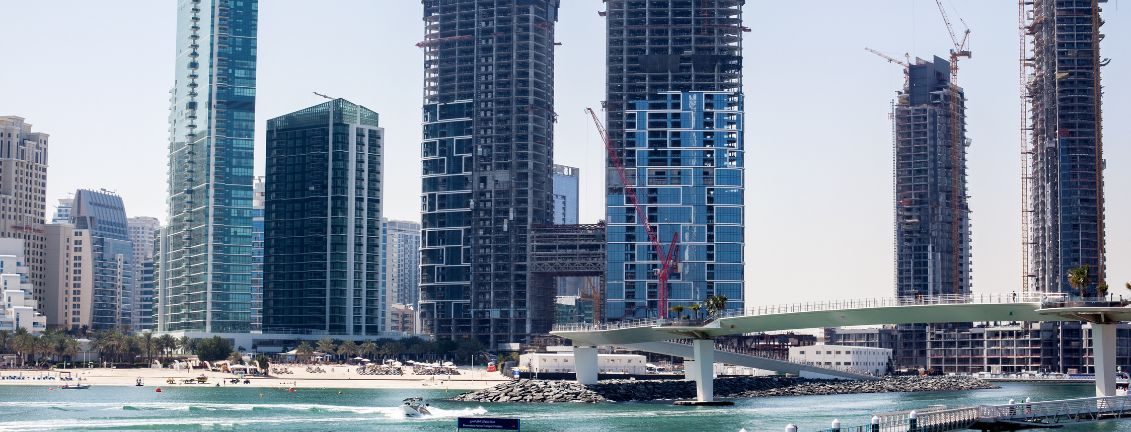How Rental Yields Work in Dubai – and Why They Matter

Dubai has become a global hotspot for real estate investors, thanks to its tax-free policies, high demand for rental housing, and strong long-term growth prospects. One of the most important factors that investors consider before buying property in Dubai is rental yield.
Simply put, rental yield is the annual return on investment (ROI) a landlord earns from renting out their property. It is usually calculated as a percentage by dividing the annual rental income by the property’s purchase price. For example, if an apartment costs AED 1 million and generates AED 80,000 per year in rent, the rental yield is 8%.
Understanding rental yields helps investors evaluate the profitability of a property and compare different communities. At Manju Global, we guide our clients in assessing yields to make smarter property decisions that align with their financial goals.
Why Dubai Offers Attractive Rental Yields
One of Dubai’s biggest advantages is that it consistently offers higher rental yields compared to major global cities like London, New York, or Singapore.
- International markets: typically generate yields of 2%–4%
- Dubai: average rental yields range between 6%–8%, with some areas crossing 9%
Communities such as Dubai Marina, Jumeirah Village Circle, International City, and Business Bay are known for delivering attractive rental returns due to high tenant demand.
With Dubai’s growing expatriate population, thriving job market, and reputation as a safe, cosmopolitan city, the demand for rental housing continues to rise. This makes rental yield a critical indicator of where investors can maximize their income and build wealth over time.
How Rental Yields Differ Across Communities and Property Types
However, rental yields are not the same across all communities, property types, or price segments.
Mid-Market Properties
Affordable neighborhoods such as International City may offer double-digit yields because of their low purchase prices and high rental demand.
Luxury Properties
Luxury villas in prime areas like Downtown Dubai or Palm Jumeirah may appreciate strongly in value but often generate lower yields compared to smaller apartments.
This means investors must balance:
- Rental yield potential
- Property value growth
- Occupancy rates
- Tenant preferences
At Manju Global, we help clients analyze these details to ensure they select properties that deliver the right mix of immediate returns and long-term appreciation when they choose to Buy Luxury Properties in Dubai
Choosing the Right Strategy Based on Rental Yields
Ultimately, understanding how rental yields work in Dubai empowers investors to make confident decisions in one of the world’s most lucrative real estate markets.
- For steady passive income: high-yielding mid-market properties are ideal.
- For long-term wealth: luxury freehold areas may be a better choice.
Dubai’s unique combination of tax-free rental income, strong demand from expatriates, and government-backed investor protections makes it a safe and profitable market for landlords.
By carefully studying rental yields, investors can identify the right opportunities and maximize their returns. At Manju Global, we specialize in guiding clients through these choices, ensuring your investment in Dubai real estate is both profitable and sustainable.
